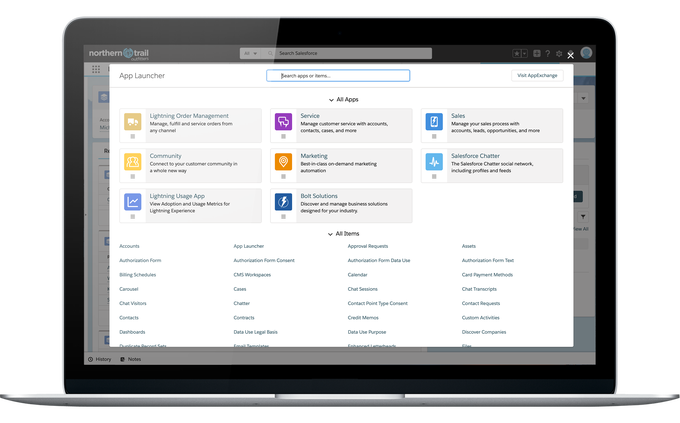Salesforce adds integrated order management system to its arsenal
Salesforce certainly has a lot of tools crossing the sales, service and marketing categories, but until today when it announced Lightning Order Management, it lacked an integration layer that allowed companies to work across these systems to manage orders in a seamless way.
“This is a new product built from the ground up on the Salesforce Lightning Platform to allow our customers to fulfill, manage and service their orders at scale,” Luke Ball, VP of product management at Salesforce told TechCrunch.
He says that order management is an often-overlooked part of the sales process, but it’s one that’s really key to the whole experience you’re trying to provide for your customers. “We think about advertising and acquisition and awareness. We think about creating amazing, compelling commerce experiences on the storefront or on your website or in your app. But I think a lot of brands don’t necessarily think about the delivery experience as part of that customer experience,” he said.
The problem is that order management involves so many different systems along with internal and external stakeholders. Trying to pull them together into a coherent system is harder than it looks, especially when it could also involve older legacy technology. As Ball pointed out, the process includes shipping carriers, warehouse management systems, ERP systems and payment and tax and fraud tools.
The Salesforce solution involves a few key pieces. For starters there is order life cycle management, what Ball calls the brains of the operation. “This is the core logic of an order management system. Everything that extends commerce beyond the Buy button — supply chain management, order fulfillment, payment capture, invoice creation, inventory availability and custom business logic. This is the bread and butter of an order management system,” he said.

Salesforce Lightning Order Management App Picker (Image: Salesforce)
Customers start by building visual order workflows. They can move between systems in an App Picker, and the information is shared between Commerce Cloud and Service Cloud, so that as customers move from sales to service, the information moves with them and it makes it easier to process inquiries from customers about an order, including returns.
Ball says that Salesforce recognizes that not every customer will be an all-Salesforce shop and the system is designed to work with tools from other vendors, although these external tools won’t show up in the App Picker. It also knows that this process involves external vendors like shipping companies, so they will be offering specific integration apps for Lightning Order Management in the Salesforce AppExchange.
The company is announcing the product today and will be making it generally available in February.
![]()


Leave a Reply
Want to join the discussion?Feel free to contribute!